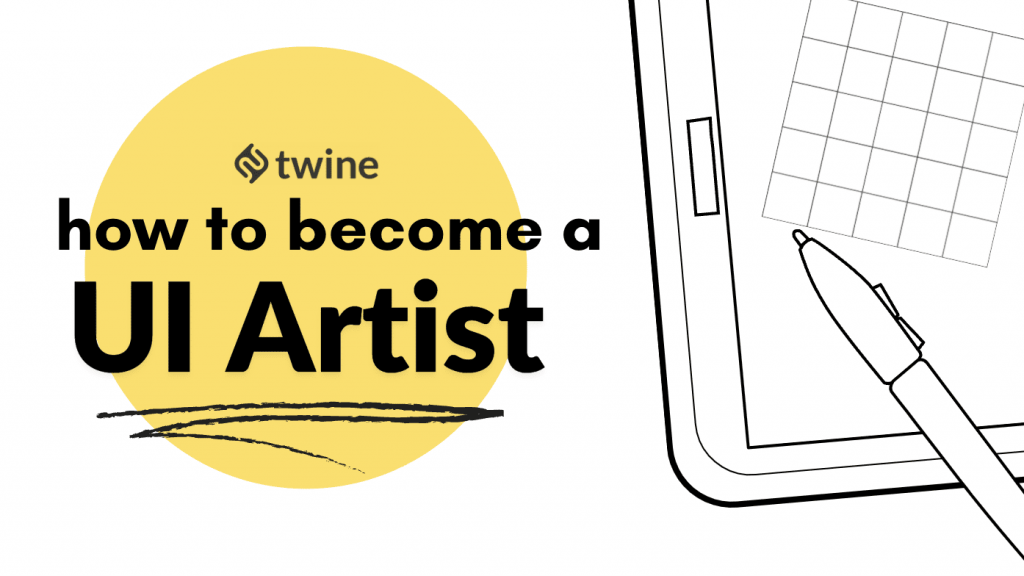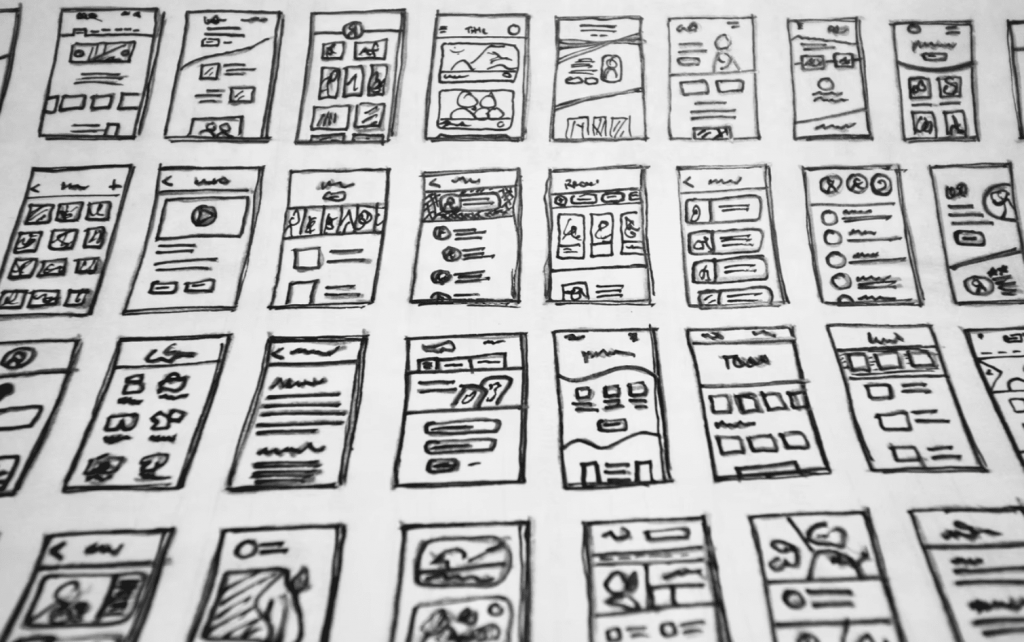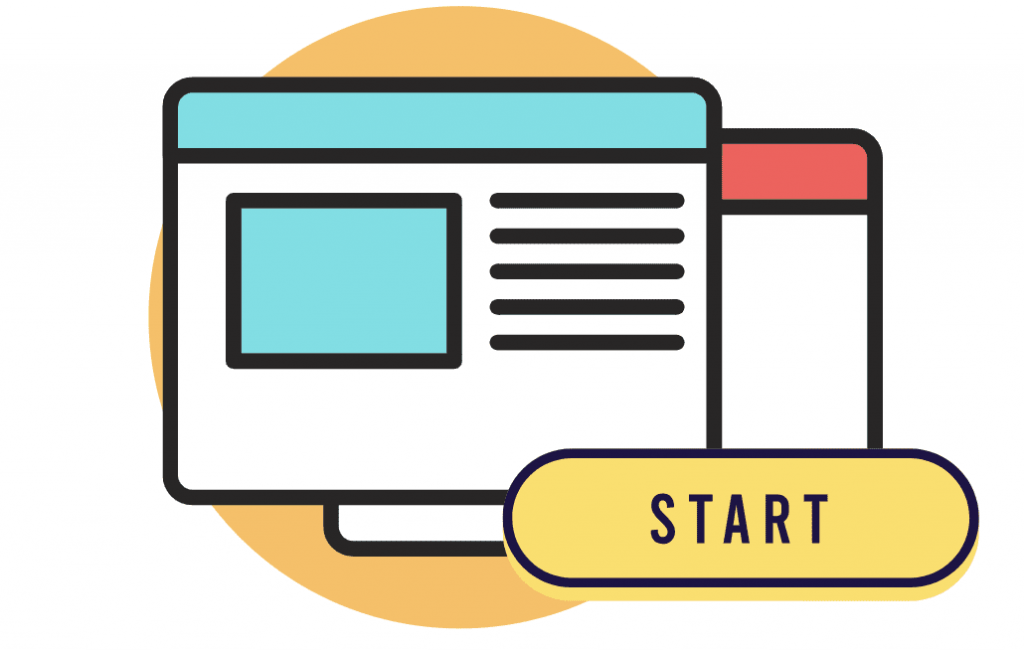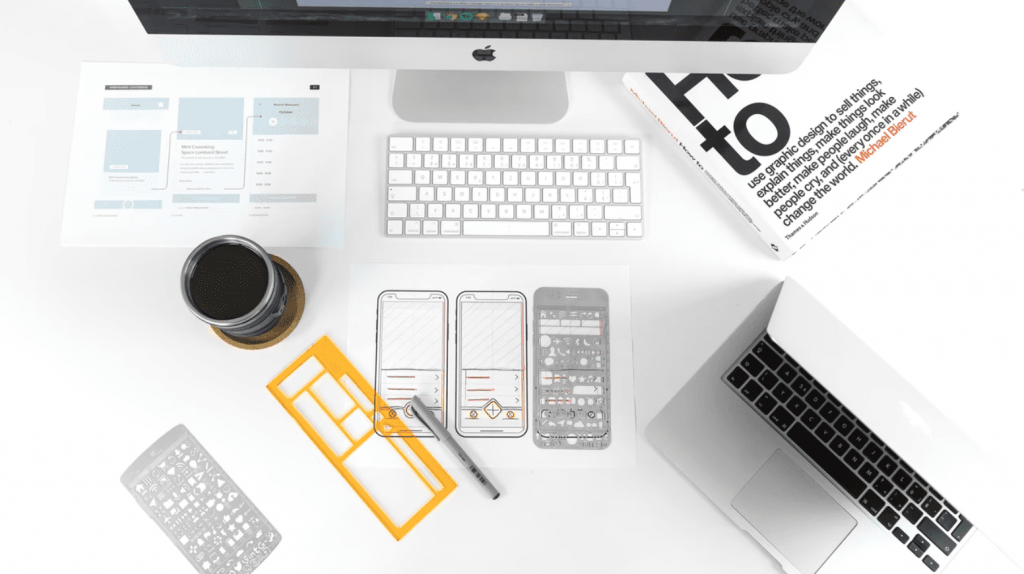
Gone are the days when product-making involved hoping users will find it all worthy. Today, businesses are turning product-centric. The need for a UI Artist is now.
In this emerging market, organizations are using data insights and UI/UX design principles to understand customer needs. The insights then inform the designing of products and services. Thus, growing demand for user experience designers in organizations has been born.
Not only that, but design is one of the fastest-growing industries: over the next 10 years, the demand for UI/UX designers is set to grow by 14.9%. In 2018 alone, Glassdoor posted over 24,000 job openings for UX designers. Out of those 24,000 jobs, the average base salary was $90,004 – according to Indeed. The rate goes even higher with four or five years of experience, increasing to a whopping $108,047!
Clearly, if you are armed with UI/UX design credentials, you stand a great chance of being shortlisted for jobs (and making a lot of money).
But first, let’s get back to basics:
What is UI Design?

User interface design (UI) is the technique that a UI artist uses to build interfaces in software or computerized devices. Essentially, the user experience doesn’t happen without these guys: it is a craft that takes up a crucial component of the final design.
The primary focus? To create easy-to-use interfaces which customers find enjoyable.
The three formats of user interfaces are:
- Graphical user interfaces (GUIs) where users interact with visual representations on digital control panels
- Voice-controlled interfaces (VUIs) where users interact through voices; for instance Siri and Alexa
- Gesture-based interfaces where users engage by means of bodily motions; as is seen in virtual reality (VR) games
Remember, all a user cares about is the user-friendliness of the design – i.e. how easily and quickly they can complete their tasks.
This is why design veterans say your design should be absent. Users shouldn’t even feel that there is a design, leading to complete seamlessness. In order to achieve this, consider understanding the user. This can be achieved easily by following customer journey maps.
The bottom line is that UI designs must deeply satisfy the user. It is important to note that while using a product, the user should have a frustration-free time. A design foreseeing user requirements can facilitate much more personalized and engaging experiences.
UI vs UX

Most people confuse UI design with UX design. While UI design is about the surface and overall look and feel of a design, UX design includes the complete range of user experience.
A simple example will explain it more lucidly:
if UX design is the car, UI design is the driving panel.
In reality, UI design is a sub-category of UX design. Where a UX artist studies user behavior and tests the product usability, a UI artist, on the other hand, determines the ways a user will interact with a product.
Animations, copywriting, and visual design principles are some of the essential tools UI artists use to assist users to navigate a website or app, finding the desired information, and completing their work.
Their job is also to see that users don’t get stuck. An easy way to ensure this doesn’t happen is through the use of pop-up chatbots or tutorials. They can recommend rational next steps on web pages or even explain the controls of a video game.
For a better understanding of how UX works, check these UX project brief examples on our blog.
Skills a UI Artist needs:

To be an in high-demand UI Artist, you’re going to need more than just a passion for tech. Here are 4 incredibly valuable skillsets:
User interface understanding
User Interface Design is about programming the look of the software, websites, or apps. It is the primary cog of UI design. User Interface Design facilitates usability and helps in enhancing the user experience. Simply put, the user interface allows users to interact with a device or an app.
Here is an example to understand the user interface better: while filling a company’s contact form on a website, the user interface will be the text box, drop-down list, the radio button, and anything else that makes you put in the data.
Creativity
Creativity is integral to good UI designs.
As a UI artist, you need to have an eye for detail, and a creative streak that pushes you to innovation. You should be able to assess the worth of the UI design just by looking at it. To enhance your creativity quotient as a beginner, you should seek inspiration from other UI designs that you find eye-catching.
Then, figure out what makes it unique. Unravel the complexity of the UI design to understand what makes it so impressive – is it the fonts, the colors, or the structure?
Write down what you can take into your next project. These exercises will arm you with ideas or samples while working on real-time projects.
Color Theory
The University of Winnipeg has found that nearly 62-90% of design assessment is based on colors alone. Color usage can play a pivotal role in distinguishing products from rival companies. It can also shape users’ emotions – good or bad –hence, their mindset about your products.
Color is not merely an esthetical element in UI designing. Remember, opting for a dark or light UI will not only impact the beauty of your web and mobile designs, but also affect the usability quotient.
It is now a proven fact that businesses incorporating colors for UI design into their marketing strategies accomplish better results.
Typography
Products can only be successful when they communicate the intent and purpose to users unambiguously.
Typography is the tool that helps design to convey the necessary information. Font size, font width, font color, line lengths are components of typography that collectively create a grand user experience.
Entry-level jobs for a UI Artist

If you are new to the job market as a UI artist, there is no reason to be anxious about getting an entry-level job.
Trends in the design industry show recruiters are looking for fresh perspectives in design thinking. It is believed that newcomers question the existing design patterns, and take a fresh approach to solve design problems.
Business leaders agree that, ultimately, this is what helps organizations to innovate.
However, it is important to market yourself and showcases the unique abilities you bring to the table. You may have the skills, but if you haven’t learned how to make an effective resume to back it up, your talents may go unnoticed.
Salary for UI artists is reasonable all over the world. That said, your salary will depend on your location, job role, and more importantly, your years of experience.
So, what are your options?
Joining a marketplace like Twine
A great way of starting your career as a UI artist is by joining a marketplace like Twine.
Twine is an online marketplace that connects creative freelancers in music, design, and film to global buyers. Here, you will have the opportunity to browse hundreds of paid jobs for UI Artists as a freelancer.
Nearly 4000 UI designers are already there on the platform. Why not join them? As a handpicked UI artist, you can strengthen your career graph and pitch on only the highest-quality jobs in UI.
Wireframes
You can also think of working as a wireframe builder in the early phase of your career.
Wireframing is creating the skeleton of the eventual user interface. It’s often a pen and paper sketch of the UI. Wireframes suggest the content, top features, and functions of a user interface, sans the visual design.
CEOs, CTOs, product managers, and project managers of leading companies across the world hire wireframing freelancers to enhance their design efficacy. You stand a great chance to be on-boarded for app design, web design, or other design projects.
Prototypes
As a newcomer, you can also consider a career in prototyping, one of the most powerful tools in a designer’s inventory.
Prototyping is about designing prototypes for new types of industrial products. To work as a prototype builder you will need to have strong analytical and problem-solving skills and be a team player – however, it’s a great option for those starting their career in the creative field.
Prototyping is integral to the design process as it helps UX designers demonstrate the final look of the product to stakeholders. Moreover, Prototypes include a major part of the final UI design and interaction of the finished product.
Today, there are many websites that list thousands of freelance roles in prototyping. You can start working with real clients, and assess your strengths and skillsets.
Conclusion
To start a career in UI designing, you can take up short-term or part-time positions. It offers the opportunity to get experienced and to know about the industry without a full-time commitment. To be exposed to the business environment before jumping into a full-time role is a smart take on one’s career planning.
People around the world are increasing their reliance on digital products and services for work, social interactions, and carrying out everyday chores. It is a safe bet to say that as a UI Artist, you will acquire leading positions in the future tech industry.
To all our aspiring UI experts – it is time to cheer!
Ready to get hired? At Twine, we have dozens of top-quality jobs being posted each and every day. From design to marketing, development to copywriting – there’s a job ready for your skills. Join the marketplace of diverse creative talent here.








